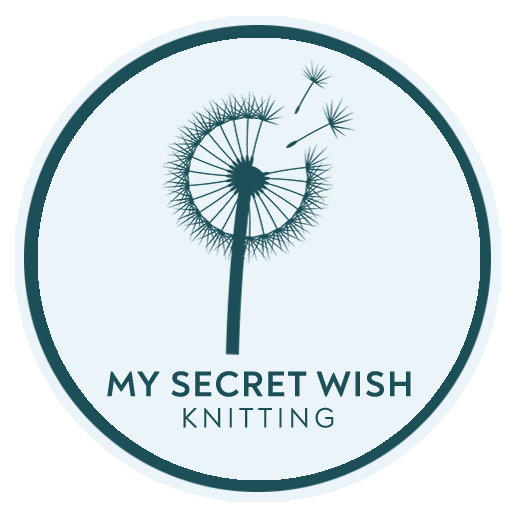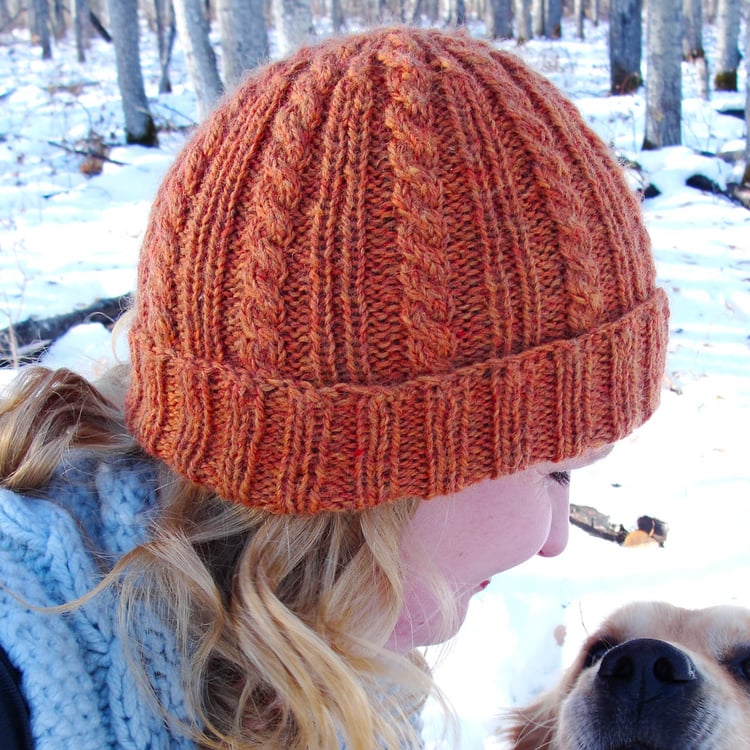
Right-Leaning Bar Increase
The mirror image of the KFB or K1FB (Left-leaning Bar Increase) used to shape knitting.
This common increase can be used in a variety of situations, from one side of a thumb gusset, to knitted lace, to top-down raglan shaping, and more.
This is the mirror-image increase to the k1fb / kfb (knit one in the front and back loop of the same stitch) increase. While that increase creates a little bar that wraps around the bottom of the left stitch, allowing the right stitch to continue the column of knit stitches, this increase wraps the bar around the stitch on the right side.
I have not found a common abbreviation for this increase, so I refer to it as the BincR (Bar Increase Right).
Note that if you are left-handed and knitting in mirror-image, this will be a Left-leaning bar increase, but will still create the opposite look of the kfb / k1fb.












